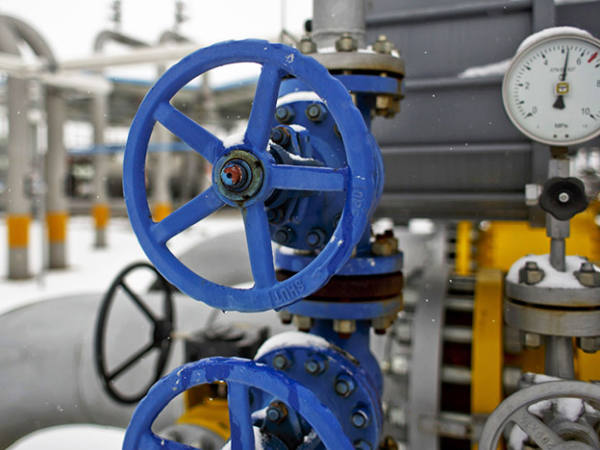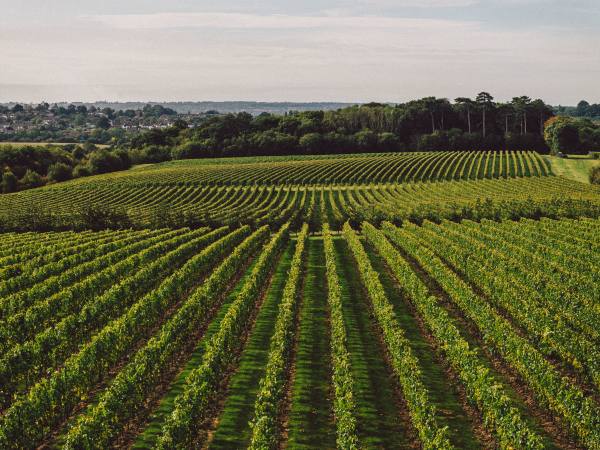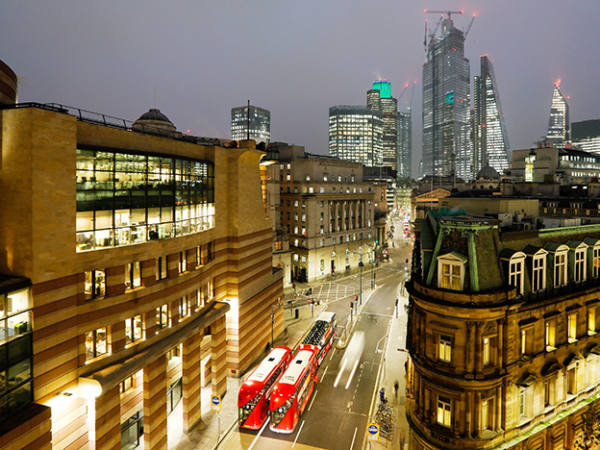Many eyes are on Argentina this year. In October, the country will put an end to 12 years of one-family rule, latterly overseen by the increasingly unpopular and health-troubled Cristina Fernández de Kirchner, who took over from her husband and presidential predecessor Néstor in 2007.
Election polls are currently tilting towards Daniel Scioli, president of the Justicialist Party and the current governor of Buenos Aires. Sergio Massa and Mauricio Macri, of the Renewal Front and the Republican Proposal parties respectively, are also in contention. But whoever wins, many expect the next candidate to be less populist and reflexive, more business-friendly and eager to repair the country's image as a litigation-embroiled pariah of capital markets, unsafe for foreign investment.
Such a change would further explain why Argentina has attracted so much attention from natural resources companies and their investors. Long home to a developed oil industry, the majors have been closely watching developments in the Neuquén Basin, where some - including Chevron - have claimed that the region's enormous Vaca Muerta shale formation could gift Argentina energy independence.
The Vaca Muerta (literally, 'dead cow') is the only oil-producing shale outside the US, and - depending on who you ask - the second or third largest shale resource anywhere. The US Department of Energy estimates that the shale contains as much as 27bn barrels of oil and 800 trillion cubic feet of gas, and a recent Goldman Sachs report compared the resource potential with the Bakken formation either side of the US-Canada border. Past oil production has left a solid infrastructure legacy, and land currently fetches up to $10,000 an acre. As you might expect, this has led to a gold rush in the past two years, and explains the presence of Shell (RSDA), Total (Fr: FP), Petrobras (Bra: PETR4), ExxonMobil (US: XOM) and Chevron (US: CVX) in the region. Last month, Russian behemoth Gazprom (Ru: GAZP) signed a deal to develop shale and oil and gas assets in the region with state-owned YPF (US: YPF), which by default has the largest acreage of any major.
The international interest has defied industry concerns about Argentina. In 2012, Cristina de Kirchner's administration expropriated 51 per cent of YPF, then wholly-owned by Spain's Repsol (Sp: REP), in a bid to renationalise the oil industry. The controversial move, which was condemned by the US and the European Union, has irrevocably changed the dynamic for international companies, which now typically take the junior role in any project alongside YPF. Commercial terms have been agreed in some ventures, but most are at the exploratory or pilot stages, and are unlikely to produce significant volumes in the short term.
One of the lesser-known names in Vaca Muerta is Andes Energia (AEN), a company jointly listed on Aim and the Buenos Aires stock exchange and headed by Repsol's former business development director, Alejandro Jotayan. It is touted as London's only 'pure-play' on the shale, and although it has a market capitalisation of £172m, it boasts more than 500m barrels of certified resources, and 6.2m net acres in Argentina - including 250,000 in the Vaca Muerta, over 90 per cent of which is in the proven oil window. This, management says, gives Andes the largest acreage position in the shale of any independent company, although four of its six licences are still shared with YPF.
That sounds impressive, but it's the stuff in the ground that matters, of course, not the land it sits beneath. Andes has two producing wells in the shale, and a further four discoveries, which have strong geological parallels with US shale plays such as Eagle Ford and Barnett in Texas. Across Argentina, drilling costs have significantly reduced since 2011, and are slowly edging towards US internal rates of return (IRR). Currently, a vertical well costs $6m-$7m, and can expect to yield 200-350 barrels a day once in production, while horizontal wells are twice as expensive, with initial production reaching up to 800 barrels. YPF expects to reduce this further to $5m-$10m, which analysts at Macquarie Research believe would make Andes' horizontal drilling more economical than US shale, at a 43 per cent IRR.
So what's the catch? Well, it all comes back to politics. The cost of drilling may be falling, but currency controls on imported equipment mean a $10m horizontal well is unlikely without government intervention. As the industry develops - and Andes expands production - Macquarie expects "large negotiated wage increases, frequent strikes and obligatory payments for idle rig crews" to play large roles. This is likely to offset some of the benefits of Vaca Muerta's arid and uninhabited geography; "there are no aquifers, no people," Mr Jotayan confidently asserts.
In another sense, government incentives may provide a boon to Andes. Argentina sets its oil price at $77 per barrel, a figure that is expected to be relatively insensitive to the drop in the price of Brent crude. This should insulate the company's conventional oil programme, which has 20m barrels of proven reserves and is currently producing 1,850 barrels a day. Cash generation from that expanding well programme should also be supported by the 11 licences Andes took on when it acquired Columbia-based Interoil last year, which is currently producing 1,500 barrels a day.
Take a look at Andes' share price, and it seems the Interoil deal has painted it as another victim of the depressed sentiment for all oil companies. Not so, explains Andes' chief executive, who suggests the share price has been watered down by one large investor forced to sell. Shares have started to rally in recent weeks and, at 32p, could soon reach Macquarie's risked value of 34p, a price that puts Andes' unconventional reserves at 9p a share, just 7 per cent of their un-risked value.







